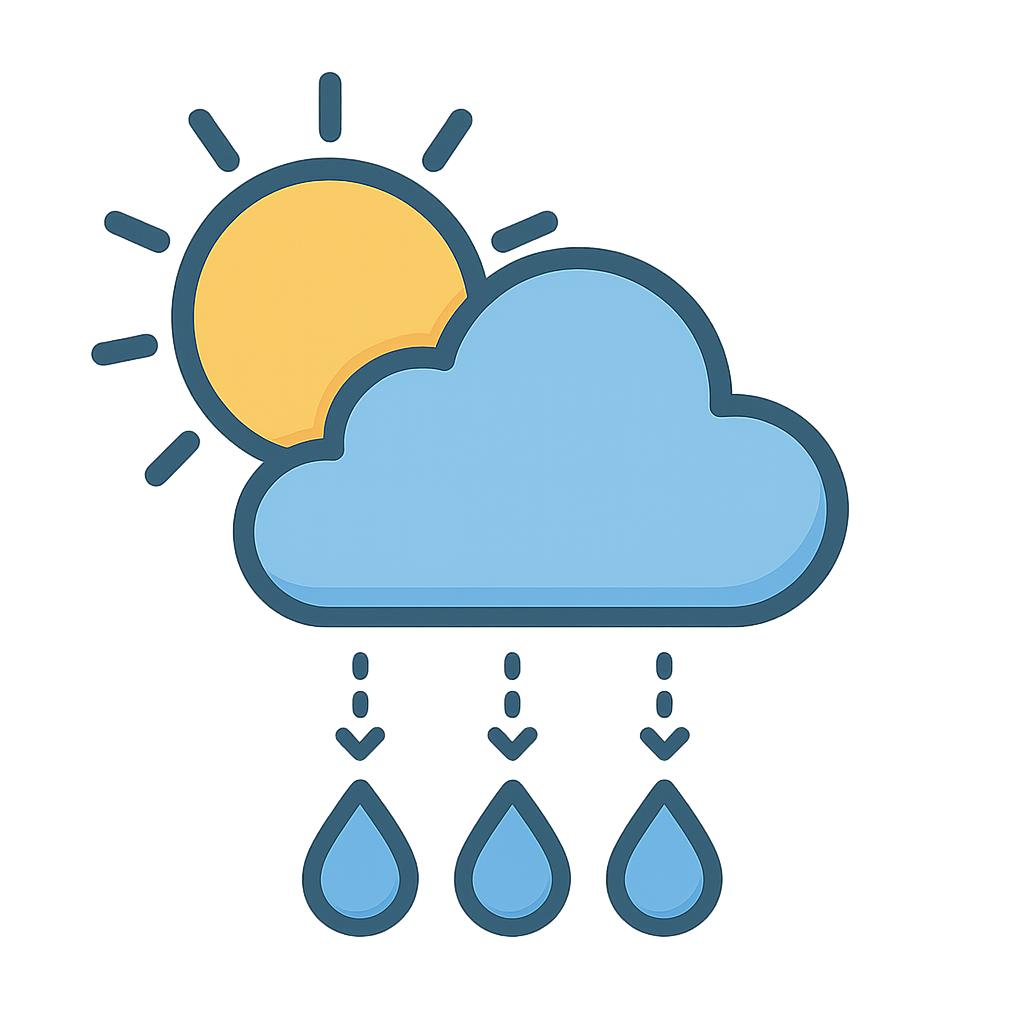The Invisible Artist Who Paints the World
Have you ever wondered who paints the world while you sleep? I am the artist who tiptoes through gardens at dawn, leaving a million tiny diamonds of dew on every blade of grass and across the intricate lace of a spider’s web. I am the phantom who fogs up the bathroom mirror after a long, hot shower, creating a temporary canvas for a fingertip drawing. On a frosty winter afternoon, I am the one who breathes a misty veil over your windowpane, inviting you to trace secret messages that vanish as quickly as they appear. My work is often subtle, ephemeral, and easily missed by those in a hurry. You have certainly felt my presence on a sweltering summer day. When you pour a refreshingly cold drink into a glass, I am the one who makes it look like the glass is sweating, covering its surface with cool, slick droplets. You’ve met me on a chilly autumn morning, too. When you step outside and exhale, that little cloud of white you see is one of my creations, a fleeting masterpiece showing you the magic hidden within your own breath. I am a force of transformation, a quiet and constant magician turning the invisible into the visible, all without a single brushstroke or word. My art is everywhere, reminding you of the quiet, persistent wonders that fill our world, waiting to be noticed.
For centuries, you simply called my work magic. But I do have a name, and my secret is pure science. You can call me Condensation. I am the process of water changing its form, a physical transformation from an invisible gas, which scientists call water vapor, into the liquid water you can see and touch. Imagine tiny, energetic water molecules zipping around in the air like dancers at a wild party. They are invisible and full of energy. But when these speedy molecules touch something cool, like the outside of your glass of iced tea or a cool blade of grass overnight, it’s like the music suddenly slows down. They lose their energy, slow their dance, and begin to huddle together. When enough of them gather, they form a visible droplet. That’s me, in action. This wasn't always understood, of course. Long ago, a brilliant Greek thinker named Aristotle watched me form clouds in the sky and described how water journeyed from the earth to the air and back again in his work Meteorologica, around 340 BCE. He knew I was part of a great cycle, but he couldn't see the tiny dancers. It took over two thousand years for another scientist, an Englishman named John Dalton, to develop his atomic theory in the early 1800s. He helped the world understand that everything, including water, is made of minuscule particles. His incredible work finally provided the key to my secret, explaining how my individual, invisible molecules could cluster together to create the liquid drops you see every day.
While my small works of art on your windowpane are lovely, my most important job is much, much bigger. My grandest masterpieces are the clouds themselves. Think of them as colossal floating galleries, each one a collection of countless billions of my tiny water droplets, all huddled together high up in the atmosphere. This is where my role in the global water cycle becomes truly vital. When I’ve gathered enough water droplets together in a cloud and they become too heavy to float any longer, they fall back to the ground as rain, snow, or sleet. This is how I deliver fresh water to the entire planet. I am the essential link that returns water from the sky to the earth, filling the rivers that carve canyons, watering the crops that feed nations, and quenching the thirst of every living creature, from the smallest insect to the largest whale. Humans, in their cleverness, have even learned to harness my power. Air conditioners work by cooling the air, which encourages me to appear and drip away, making humid rooms more comfortable. In a process called distillation, people use me to purify water; they boil it into vapor, leaving impurities behind, and then cool it so I can transform it back into perfectly clean, safe drinking water. I am a constant, reliable force of nature, an endless cycle of renewal, silently working to connect the sky and the sea, ensuring the world’s most precious resource is always on the move, supporting the beautiful, interconnected web of life on Earth.
Reading Comprehension Questions
Click to see answer
